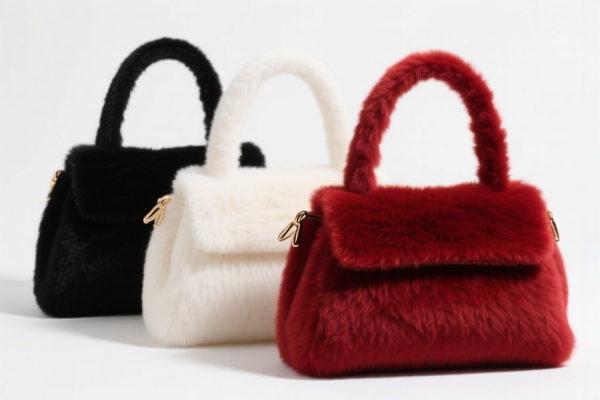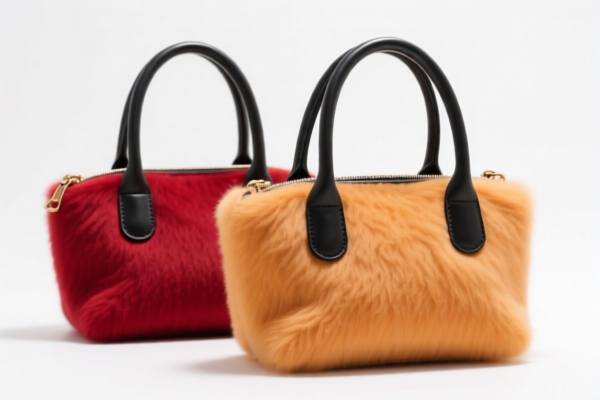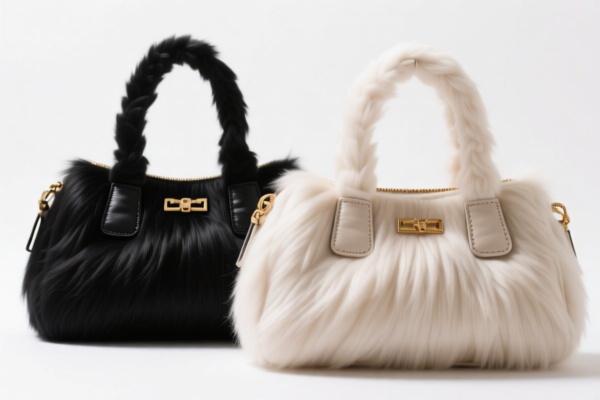| HS Code | Official Doc | Tariff Rate | Origin | Destination | Effective Date |
|---|---|---|---|---|---|
| 5208112020 | Doc | 62.0% | CN | US | 2025-05-12 |
| 5208514020 | Doc | 63.1% | CN | US | 2025-05-12 |
| 5209110020 | Doc | 61.5% | CN | US | 2025-05-12 |
| 5209490090 | Doc | 63.4% | CN | US | 2025-05-12 |
| 5309110010 | Doc | 55.0% | CN | US | 2025-05-12 |
| 5309190010 | Doc | 55.0% | CN | US | 2025-05-12 |
| 5311002000 | Doc | 69.5% | CN | US | 2025-05-12 |
| 5801100000 | Doc | 55.0% | CN | US | 2025-05-12 |
| 5801210000 | Doc | 75.2% | CN | US | 2025-05-12 |
| 5809000000 | Doc | 69.9% | CN | US | 2025-05-12 |
| 5901101000 | Doc | 62.0% | CN | US | 2025-05-12 |
| 5901102000 | Doc | 59.1% | CN | US | 2025-05-12 |
| 5903903090 | Doc | 57.7% | CN | US | 2025-05-12 |
| 5903901000 | Doc | 57.7% | CN | US | 2025-05-12 |
| 6001102000 | Doc | 72.2% | CN | US | 2025-05-12 |
| 6001910010 | Doc | 73.5% | CN | US | 2025-05-12 |
| 6006909000 | Doc | 55.0% | CN | US | 2025-05-12 |
| 6006100000 | Doc | 65.0% | CN | US | 2025-05-12 |




布
布 (bù) refers to a textile or cloth, generally woven or knitted from natural or synthetic fibers. It is a fundamental material in clothing, household textiles, and various industrial applications.
Material:
- Natural Fibers: These include cotton, linen (flax), silk, wool, hemp, and ramie. Cotton and linen are particularly common due to their breathability and comfort. Silk offers a luxurious feel and sheen, while wool provides warmth and insulation.
- Synthetic Fibers: Polyester, nylon, acrylic, rayon (viscose), and spandex are widely used. These fibers often contribute to durability, wrinkle resistance, and affordability.
- Blends: Combining natural and synthetic fibers is common to leverage the benefits of both, such as cotton-polyester blends for reduced wrinkling and increased strength.
Purpose:
The primary purpose of布 is to provide a flexible surface for various applications. This includes:
- Clothing: Shirts, pants, dresses, underwear, outerwear, and more.
- Household Textiles: Bed sheets, towels, curtains, tablecloths, upholstery, and carpets.
- Industrial Applications: Filtration, reinforcement (in composites), medical dressings, and packaging.
- Arts and Crafts: Quilting, embroidery, painting, and other decorative purposes.
Function:
The function of布 depends on its specific composition and weave, but generally includes:
- Protection: Shielding the body from the elements and physical harm.
- Comfort: Providing a soft and breathable surface against the skin.
- Insulation: Trapping air to regulate body temperature.
- Absorption: Wicking away moisture (e.g., towels).
- Decoration: Providing a canvas for aesthetic expression.
Usage Scenarios:
- Daily Wear: Clothing for everyday activities.
- Bedding: Creating comfortable sleeping environments.
- Cleaning: Towels and cloths for wiping and absorbing liquids.
- Home Decoration: Curtains, tablecloths, and upholstery to enhance aesthetics.
- Medical Applications: Bandages, surgical drapes, and wound dressings.
- Industrial Manufacturing: Reinforcing materials in composites, filtration systems, and protective gear.
Common Types:
- Cotton: Soft, breathable, and comfortable. Commonly used for t-shirts, underwear, and bedding.
- Linen: Strong, durable, and breathable. Often used for summer clothing and tablecloths.
- Silk: Luxurious, smooth, and shiny. Used for dresses, scarves, and lingerie.
- Wool: Warm, insulating, and durable. Used for sweaters, coats, and blankets.
- Polyester: Durable, wrinkle-resistant, and affordable. Used in a wide range of applications.
- Denim: A sturdy cotton twill fabric, commonly used for jeans and jackets.
- Canvas: A strong, heavy-duty plain-woven fabric, often used for bags, tents, and painting.
- Flannel: A soft, woven fabric, often brushed for extra warmth and comfort.
- Satin: A smooth, glossy fabric with a distinctive weave. Often used for dresses and lingerie.
- Velvet: A luxurious fabric with a soft, dense pile. Often used for dresses, upholstery, and curtains.
根据您提供的“布”的信息,以下是根据提供的参考资料中找到的相关HS编码及其详细说明:
- 5208.11.20.20:
- 52:纺织品制品,不包括制成的服装及类似品。
- 08:棉织物。
- 11:含有85%或以上重量的棉的棉织物。
- 20:未漂白的。
- 20:平纹,重量不超过100克/平方米。
- 根据参考资料,该HS编码适用于重量不超过200克/平方米,含棉量85%以上的棉织物,未漂白,平纹,重量不超过100克/平方米的普通面料。
- 5208.51.40.20:
- 52:纺织品制品,不包括制成的服装及类似品。
- 08:棉织物。
- 51:含有85%或以上重量的棉的棉织物。
- 40:印花。
- 20:平纹,重量不超过100克/平方米。
- 根据参考资料,该HS编码适用于重量不超过200克/平方米,含棉量85%以上的棉织物,印花,平纹,重量不超过100克/平方米的普通面料。
- 5209.11.00.20:
- 52:纺织品制品,不包括制成的服装及类似品。
- 09:棉织物。
- 11:含有85%或以上重量的棉的棉织物。
- 00:未漂白的。
- 20:平纹。
- 根据参考资料,该HS编码适用于重量超过200克/平方米,含棉量85%以上的棉织物,未漂白,平纹面料。
- 5209.49.00.90:
- 52:纺织品制品,不包括制成的服装及类似品。
- 09:棉织物。
- 49:含有85%或以上重量的棉的棉织物。
- 00:其他。
- 90:其他面料。
- 根据参考资料,该HS编码适用于重量超过200克/平方米,含棉量85%以上的棉织物,其他面料。
- 5309.11.00.10:
- 53:其他纤维的纺织品。
- 09:亚麻织物。
- 11:含有85%或以上重量的亚麻的亚麻织物。
- 00:未漂白或漂白的。
- 10:宽度超过127厘米。
- 根据参考资料,该HS编码适用于含有85%或以上重量的亚麻的亚麻织物,未漂白或漂白的,宽度超过127厘米的面料。
- 5309.19.00.10:
- 53:其他纤维的纺织品。
- 09:亚麻织物。
- 19:含有85%或以上重量的亚麻的亚麻织物。
- 00:其他。
- 10:宽度超过127厘米。
- 根据参考资料,该HS编码适用于含有85%或以上重量的亚麻的亚麻织物,其他,宽度超过127厘米的面料。
- 5903.90.10.00:
- 59:浸渍、涂层、包覆或层压纺织品。
- 03:其他。
- 90:其他。
- 10:棉的。
- 根据参考资料,该HS编码适用于其他浸渍、涂层、包覆或层压纺织品,棉的。
请注意,根据您提供的“布”的信息,以上HS编码仅供参考。具体归类需要根据布的材质、用途、规格等因素综合判断。
Customer Reviews
我需要关于针织布料HS编码6001102000的信息,发现这些信息准确且易于理解。
HS编码5208112020的解释非常清晰。它帮助我了解了未漂白棉布料的具体内容,这对我的项目很有帮助。
查找棉和亚麻布料HS编码的绝佳资源。出口到美国的关税税率也列得很清楚。
这个页面有很多HS编码,但我觉得有点令人不知所措。不过,关于5903901000的信息对涂层棉布料很有用。
我正在寻找编织布料的HS编码5801100000,发现这些信息对我的业务非常有帮助。